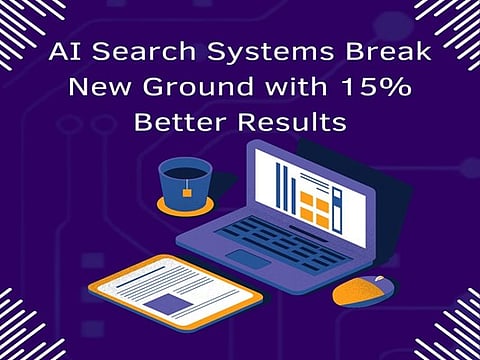

In a seminal research paper, Shishir Biyyala, along with co-authors Sai Charan Tokachichu and Sudheer Chennuri, brings forth important breakthroughs in the integration of artificial intelligence with search technology. The detailed analysis here reveals how machine learning techniques are transforming search capabilities while addressing critical scalability challenges.
This explosion of digital data has indeed changed the underlying nature of the search technology altogether. Even while keyword-matching systems form its core, AI algorithms infused to understand the contexts, infer customer intent, or process intricate patterns of queries create a far stronger system. Addition of machine learning to existing architectures of search framework helps manage unprecedented volumes of information. This confluence is inevitable for scale as well as high performance in zettabyte-based data that can grow exponentially day after day.
The results delivered by conducting the research show tremendous improvements in the two aspects searched: search precision as well as operational efficiency. The AI-powered system dramatically increased performance, offering a 15% improvement on ranking quality over complex queries, and an extra 12% boosting navigational search accuracy. More importantly, the system reduced human intervention requirements by 40%, which is a great example of its ability to interpret and process users' queries on its own. These metrics reflect the strong impact of AI on search technologies, marking a milestone in autonomous query processing and resolution. The drastic reduction in manual oversight requirements especially highlights the system's increased intelligence and reliability in dealing with complex search scenarios.
The breakthrough system meets its excellent performance through the fine-grained interaction of AI modules with distributed search frameworks. When architecture is to be built into supporting processing for 10,000 queries in every second, then the response speed cannot be compromised. In fact, in this also, though implementation elevates the overhead of CPU utilization by 30%, the relevant improvement combined with the lesser dependence on intervening judgments makes it precious. Hence the system responded to those kinds of heavy workloads, though with very productive results and confirms this architectural design into an AI search application software.
The system's advanced natural language processing capabilities represent a revolutionary leap in query comprehension. Using state-of-the-art models, it performs the most basic linguistic tasks, from named entity recognition to part-of-speech tagging and dependency parsing. The NLP components are seamlessly integrated to unravel subtle contextual meanings within user queries. This enhanced understanding enables precise interpretation of search intent, revolutionizing the accuracy of query-result matching and fundamentally transforming how the system processes complex user requests.
In the system is mechanisms for self-learning, constantly adapting to fresh data patterns with real-time information. The algorithm can assess or deploy updates applying model shadowing and A/B testing without interruping continued operations. Consequently, the system will always continue to be more up-to-date and improve overtime.
The research satisfies critical concerns with regard to data privacy and ethical considerations in AI-powered search systems. The solid incorporation of privacy-preserving techniques, guarantees transparency in AI decision-making processes, and sets standards for responsible AI integration into search technology.
Exciting future directions of research are presented, such as the integration of graph neural networks to better understand relationships between entities and multimodal search capabilities by combining text, image, and voice inputs. These developments are sure to bring even more comfort to the user's search experience while maintaining a high performance level.
The system utilizes advanced distributed computing techniques to handle large volumes of data efficiently. Data sharding is used to partition the information across various nodes, and replication ensures that the data is duplicated and fault tolerant. Advanced algorithms for load balancing dynamically distribute the workload, optimizing the use of resources across the network. This multi-faceted approach enables the platform to deliver robust performance despite handling large data volumes with minimum latency and maximum reliability.
In summary, Shishir Biyyala and others emphasize the fact that though AI has improved the functionality of search, its development must primarily focus on ethics and safeguards for consumer privacy to cultivate responsible growth in such technologies. Protecting user information and upholding ethical standards continue to be the primary point of concern with the advancement of AI in search capabilities.
